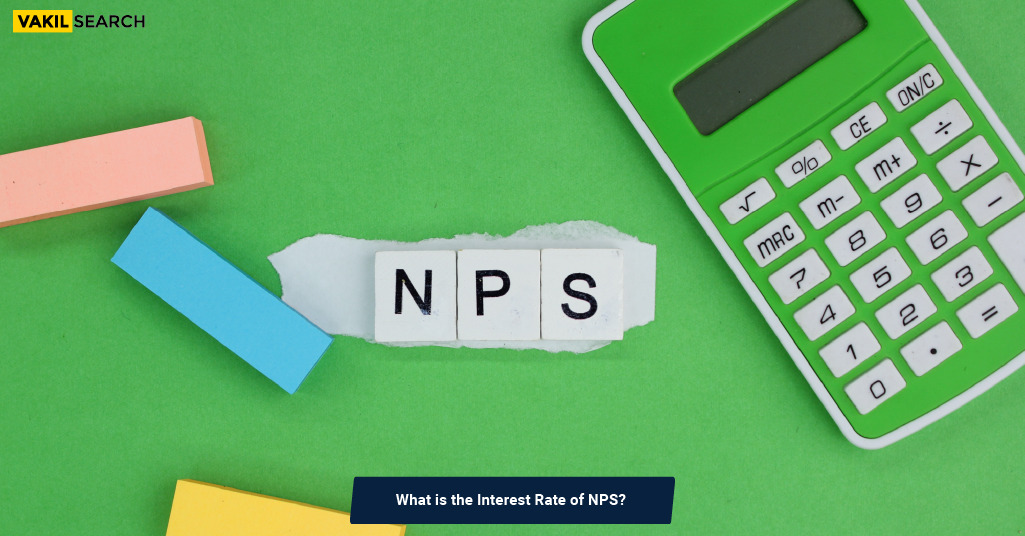Read all about the National Pension System (NPS) and its role in retirement planning. Discover its elements, including Tier I and Tier II accounts, investment options, and the significance of interest rates in NPS returns.
The National Pension System (NPS) has gained popularity as a valuable retirement planning tool for individuals seeking financial security in their post-employment years. While the interest rate is an essential component, understanding the NPS involves a more comprehensive grasp of its various elements.
In this article, we will explore the numerous aspects of the NPS, including the role of interest rates, and provide insights into other critical factors that influence your retirement planning within the NPS framework.
What is NPS?
The NPS is a government-backed voluntary retirement savings scheme designed to provide a regular income stream to subscribers during their retirement years. It offers an excellent blend of market-linked returns and security.
Elements and Components of the NPS
Tier I Account: This is the primary NPS account that restricts premature withdrawals and aims to accumulate savings for retirement.
Tier II Account: An optional account that allows subscribers more flexibility and liquidity in their investments.
Investment Options: Subscribers can choose between two investment options:
Active Choice: Allows you to allocate funds across asset classes (Equity, Corporate Bonds, Government Securities).
Auto Choice: A default option with an age-based asset allocation strategy, becoming progressively conservative as you near retirement.
Role of Interest Rates in NPS
Interest rates play a crucial role in the NPS, especially in the context of government securities (G-Sec) investments within the scheme. Here’s how it works:
A portion of NPS funds is invested in government securities, which provide fixed interest rates. These rates are subject to market conditions and are typically lower than other NPS investments like equities or corporate bonds.
The interest earned on G-Secs provides a stable and secure component of returns to the NPS portfolio. However, it may not be as lucrative as the returns from equity investments.
The NPS interest rate, thus, represents the conservative aspect of the portfolio, providing stability and capital preservation.
Interest Rates in NPS
EPS Tier I Returns
| Asset Classes | 1-year Returns(%)* | 10-year Returns(%)* |
| Equity | 15.33%-18.81% | 10.45%-10.86% |
| Corporate Bonds | 12.46%-14.47% | 10.05%-10.64% |
| Government Bonds | 12.95%-14.26% | 9.57%-10.05% |
| Alternative Assets | 3.98%-16.73% | NA |
NPS Tier II Returns
| Asset Classes | 1-year Returns(%)* | 10-year Returns(%)* |
| Equity | 15.19%-17.92% | 10.35%-10.58% |
| Corporate Bonds | 12.71%-16.36% | 9.86%-10.60% |
| Government Bonds | 12.61%-13.42% | 9.59%-10.07% |
Note – The interest rates herein were lst updated as on Jan 15, 2021.
Factors Influencing NPS Retirement Planning
Asset Allocation: Deciding how to distribute your NPS funds across different asset classes is a critical factor. While G-Secs offer stability, equities may provide higher growth potential. Your choice should align with your risk tolerance and investment horizon.
Investment Horizon: Your age and time until retirement significantly impact your NPS strategy. A longer investment horizon allows for a more aggressive allocation.
Contribution Amount: Regular and increased contributions can accelerate your NPS corpus’s growth.
Tax Benefits: NPS offers attractive tax benefits under Section 80C, 80CCD(1B), and 80CCD(2). Leveraging these benefits can enhance your retirement savings.
Choice of Fund Manager: Your choice of NPS fund manager, can influence the overall performance of your investments.
What You Need to Know: NPS Retirement Planning
- Understanding the rules governing withdrawals and annuity options is crucial for post-retirement financial planning.
- While interest rates in the National Pension System provide stability, they might not single-handedly generate the retirement corpus you desire. Balancing risk and returns is key.
Consider the Following Strategies
- Diversify Your Portfolio: Allocate funds across asset classes to leverage growth potential while maintaining stability.
- Regular Monitoring: Periodically review and rebalance your NPS portfolio based on changing market conditions and your financial goals.
- Consider Professional Advice: Consulting with a financial advisor from Vakilsearch can help you create a personalized NPS strategy that aligns with your unique retirement objectives.
Conclusion
While the interest rate is an essential component of the NPS, it’s just one piece of the retirement planning puzzle. To make the most of the NPS, it’s crucial to understand the scheme’s various facets and integrate them into a cohesive retirement strategy.
By considering factors like asset allocation, investment horizon, contribution amount, and tax benefits, you can navigate the NPS landscape effectively. For help ensure financial security and peace of mind in your golden years, get in touch with our experts right away!
Also, Read:










